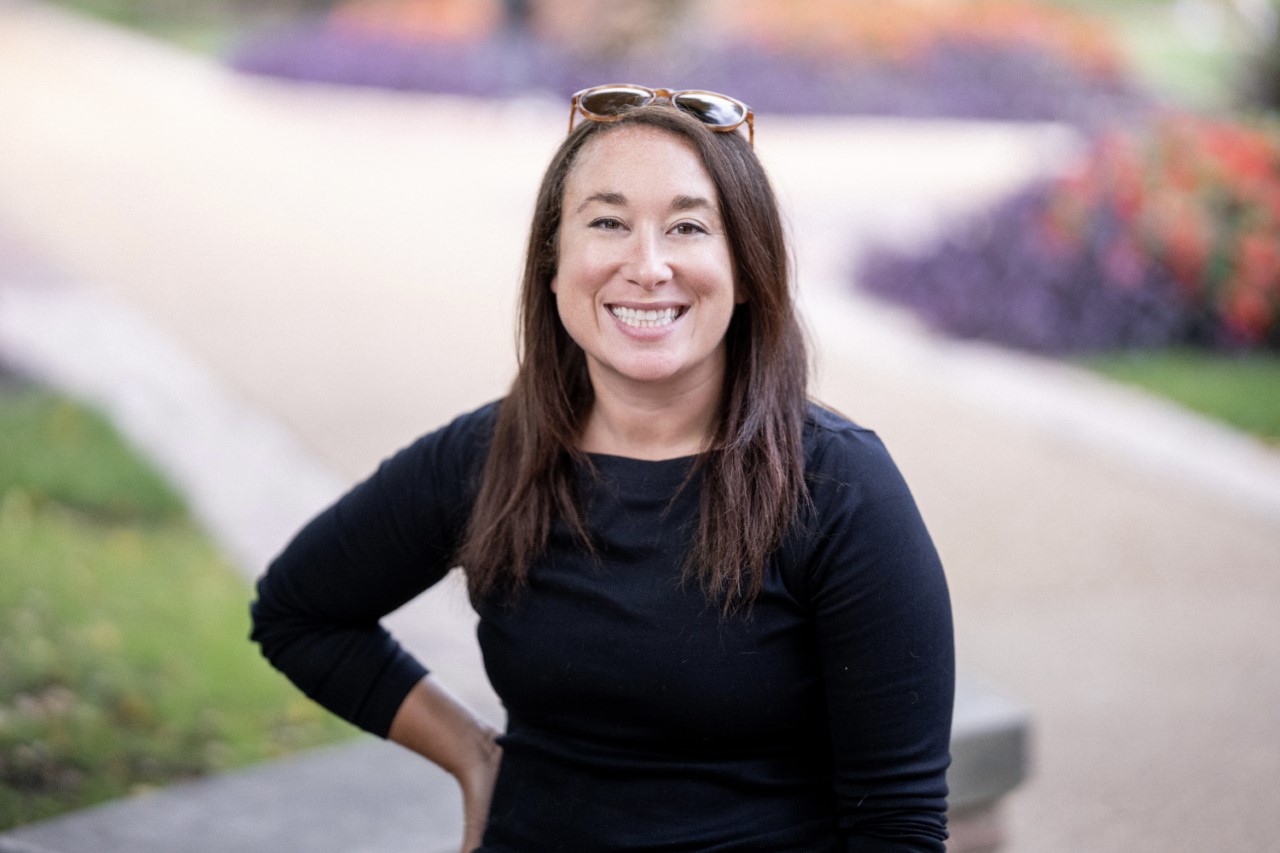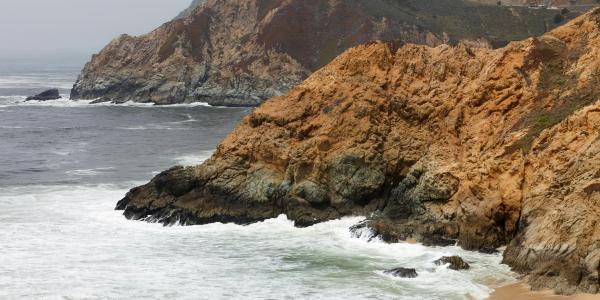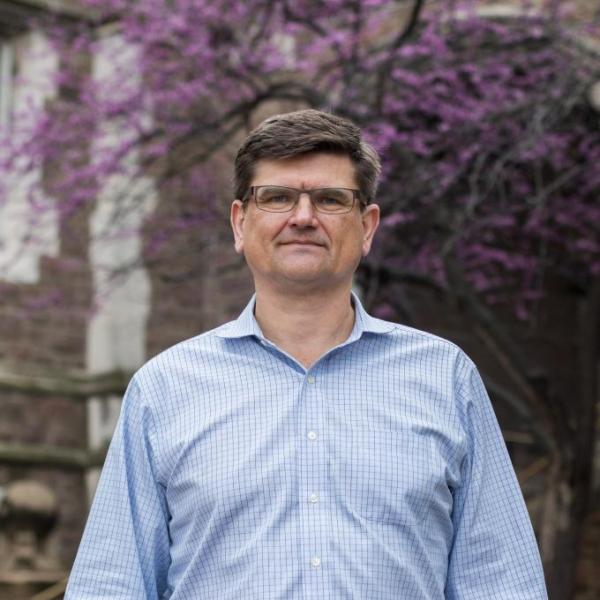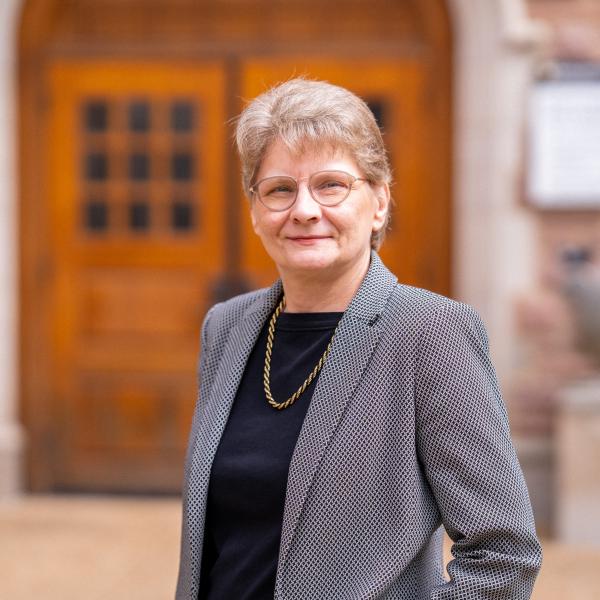Claire Masteller has won a prestigious National Science Foundation award for a study that will look at the erosive power of ocean waves on rocky coastlines.
Claire Masteller, assistant professor of Earth, environmental, and planetary sciences, won a Faculty Early Career Development Program (CAREER) award from the National Science Foundation for her project “Capturing the translation of wave climate to coastal change on rocky shorelines across scales.” The highly sought-after award is reserved for early-career faculty who successfully combine research with mentoring and education.

The grant will support Masteller’s ongoing research into the power of water to shape landscapes. After years of studying erosion along riverbanks, she’ll be turning her attention to the powerful waves that crash into the West Coast, from Southern California to central Oregon.
Powerful storms and big waves are a fixture along the Pacific coast, but the impact on the coastline has been unclear. “There’s compelling evidence that large ocean waves are becoming more frequent, but we don’t actually know that larger waves erode rocky shorelines more efficiently than smaller waves,” Masteller said.
To better understand the erosive potential of big waves, Masteller will set up ultra-sensitive seismographs on rocky cliffsides, including spots near San Diego and Santa Cruz. The devices can measure the subtle movements of rocks as they shake and shudder when hit by waves. “The natural question is, do bigger waves shake the cliff more? At this point we don’t have enough data to say one way or the other,” Masteller said.
The first seismographs for the project should be in place by the summer of 2025.
By studying different spots along the coast, Masteller hopes to create a clearer picture of the many factors that can shape a coastline. In some places, she explained, plate tectonics continue to push land upwards, a force that counteracts the erosive power of waves. If those forces are roughly balanced, a stretch of rocky coast might maintain its same basic shape for millennia. “But if the wave climate shifts and we get more extreme waves more often, that balance could change,” she said. “We’re hoping to determine which locations could be especially vulnerable to extreme wave events.”
Masteller will use some of the funding from the CAREER award to share the science of erosion with the public. She plans to install seismographs at lighthouses, aquariums, and other places in California to let people see the force of waves in real time.
“I was grateful to get this award,” Masteller said. “It’s an exciting opportunity to better understand how landscapes work over long periods of time.”
Header image credit: IslandHopperX / Pexels




